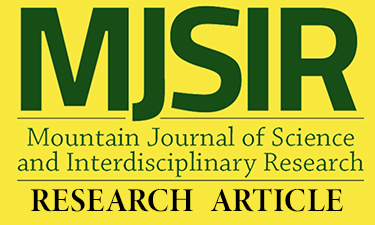Propagation Trials with Application of Pre-Germination Treatments and Rooting Hormones to Stem Cuttings of Beltik (Syzygium sub-caudatum (Merr.) Merr.) and Itsa/Tsa-a (Ehretia microphylla Lam.)
Main Article Content
Abstract
Propagation trials for Beltik (Syzygium sub-caudatum (Merr.) Merr.) and Itsa (Ehretia microphylla Lam.) using seeds and stem cuttings were conducted at the nursery of the College of Forestry, Benguet State University, La Trinidad, Benguet. The trials were used to determine the planting stock production techniques for Beltik and Itsa for their efficient propagation and establishment of plantations for economic development and environmental protection. Specifically, the study aimed to determine the germination rate and period, survival rate of the stem cuttings, and average quantity of roots that develop in the rooted stem cuttings of the species. Results showed that Beltik can be propagated using seeds and stem cuttings but entails intensive care, including partial shading of the newly germinated seeds in the former, and the “double cutting” procedure, also with intensive care, for the latter. Seed germination rates averaged 91.1% for the extracted seeds and 2.54% for the un-extracted seeds. These were not significantly affected by the applied sun-drying and air-drying treatments. The planted hardwood cuttings produced sprouts but did not produce roots. On the other hand, Itsa can be propagated using stem cuttings but may be difficult to propagate using seeds. The survival rates of the planted stem cuttings averaged 65.74% and were not significantly affected by the stem cutting sections used and the applied hormonal treatments. Furthermore, the stem cutting sections used and the applied hormonal treatments did not significantly affect the quantity of roots developed in the rooted stem cuttings but their interaction did.

